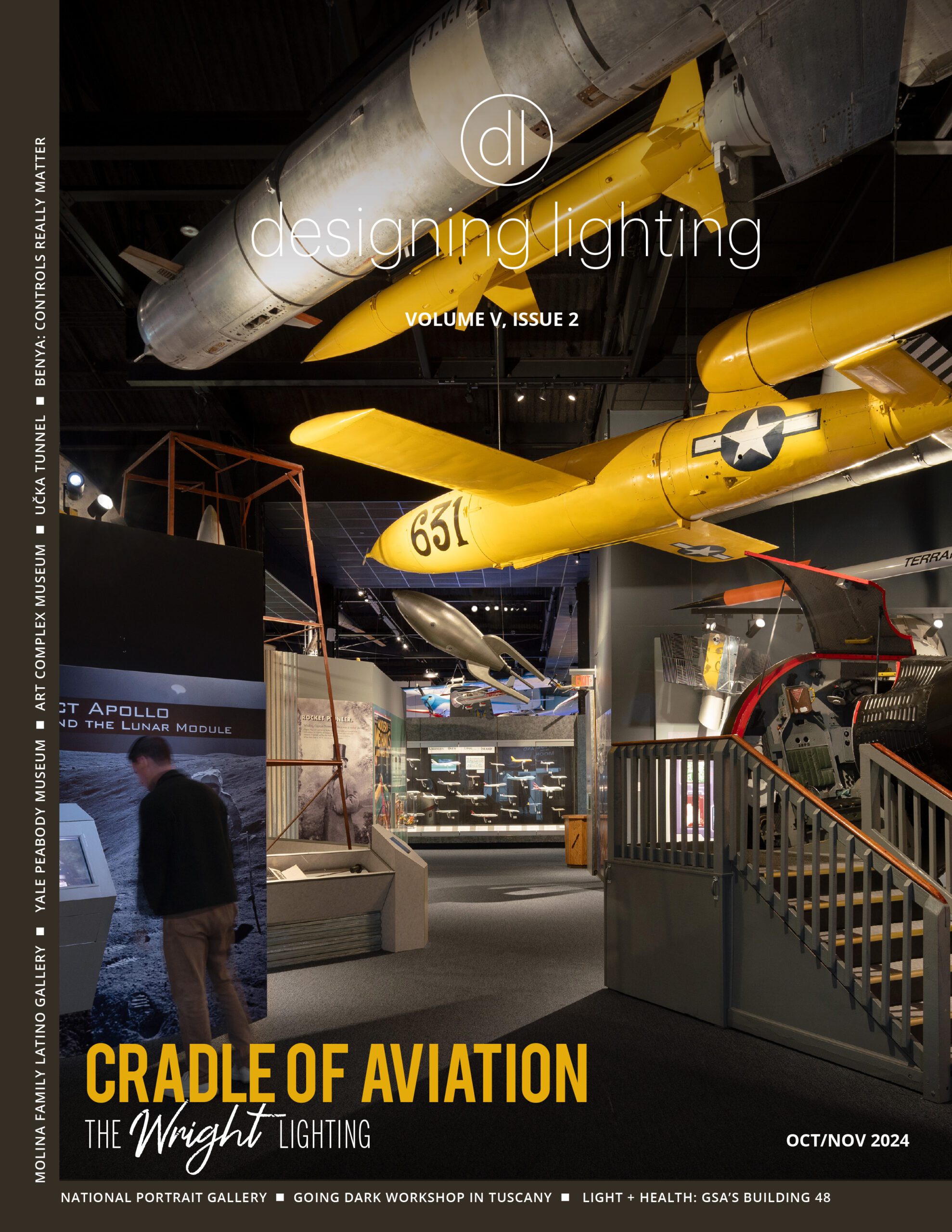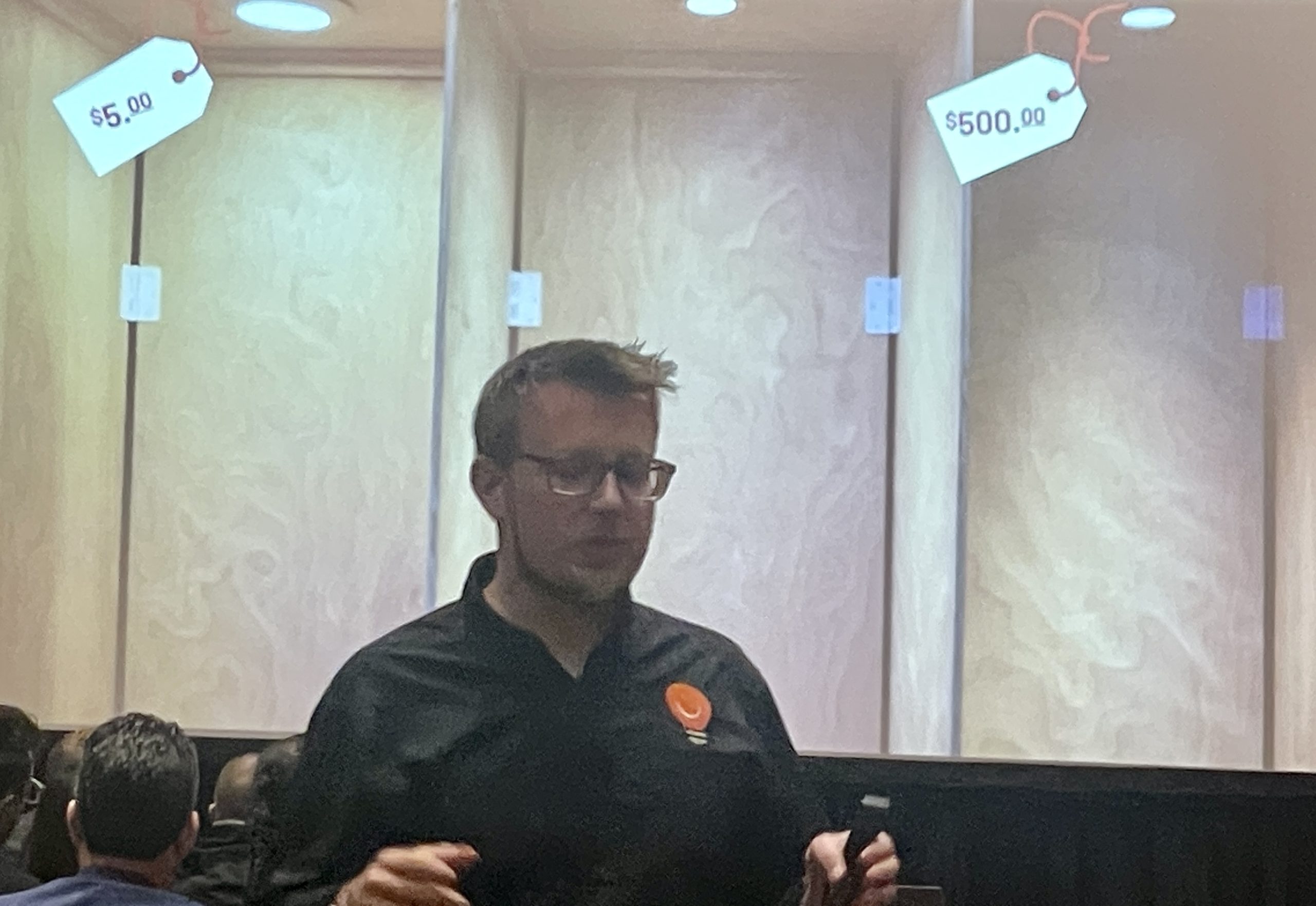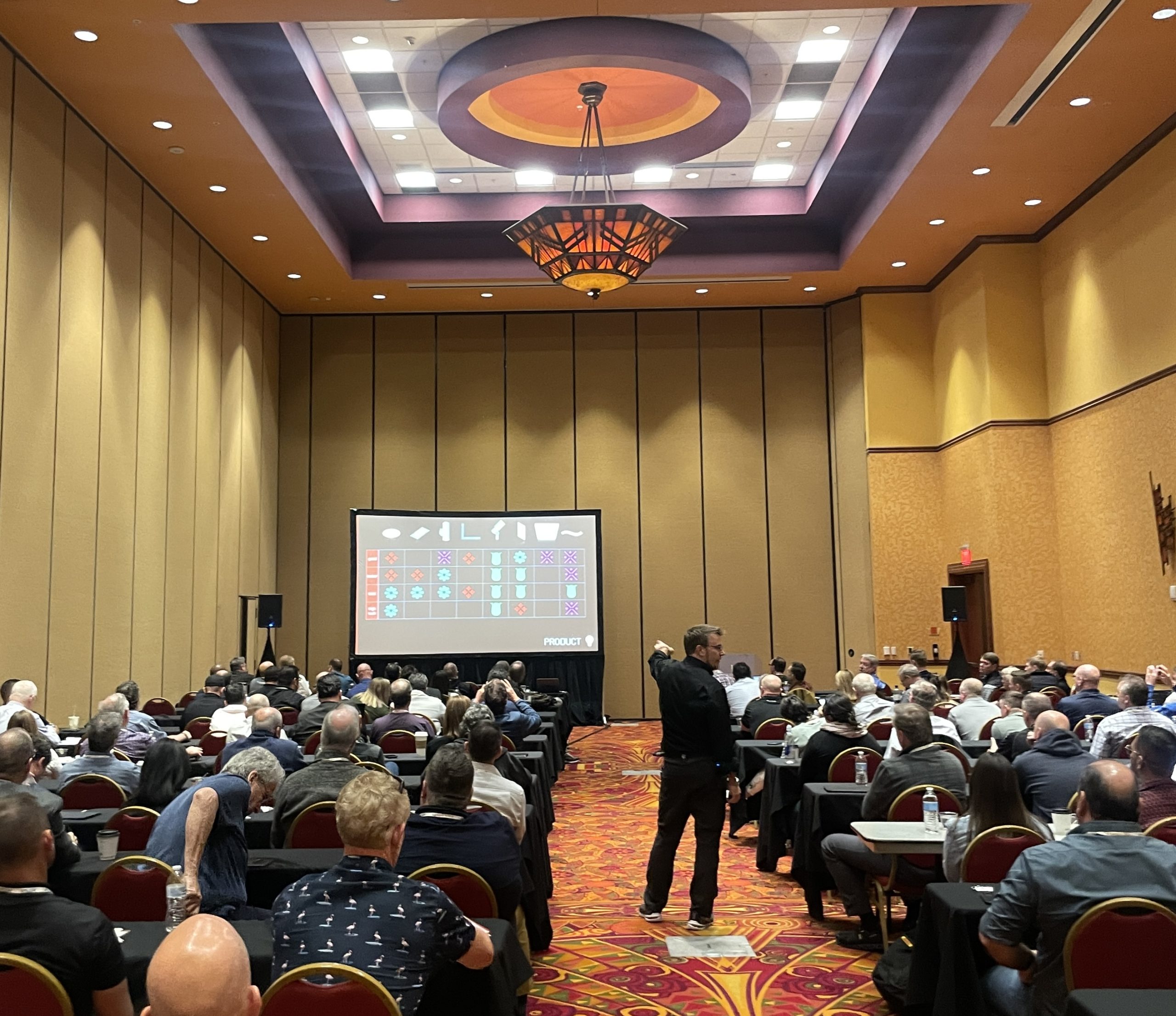 During the “The Right Price” session, David led us through the complex world of lighting acronyms, such as CBCP and IPRGC He also provided a simple, yet comprehensive overview of lighting fundamentals, including how our eyes perceive light. He then shared valuable insights on budget-bending case studies, frank discussions about key competitors, and sales strategies that can rapidly expand your business.
During the “The Right Price” session, David led us through the complex world of lighting acronyms, such as CBCP and IPRGC He also provided a simple, yet comprehensive overview of lighting fundamentals, including how our eyes perceive light. He then shared valuable insights on budget-bending case studies, frank discussions about key competitors, and sales strategies that can rapidly expand your business.
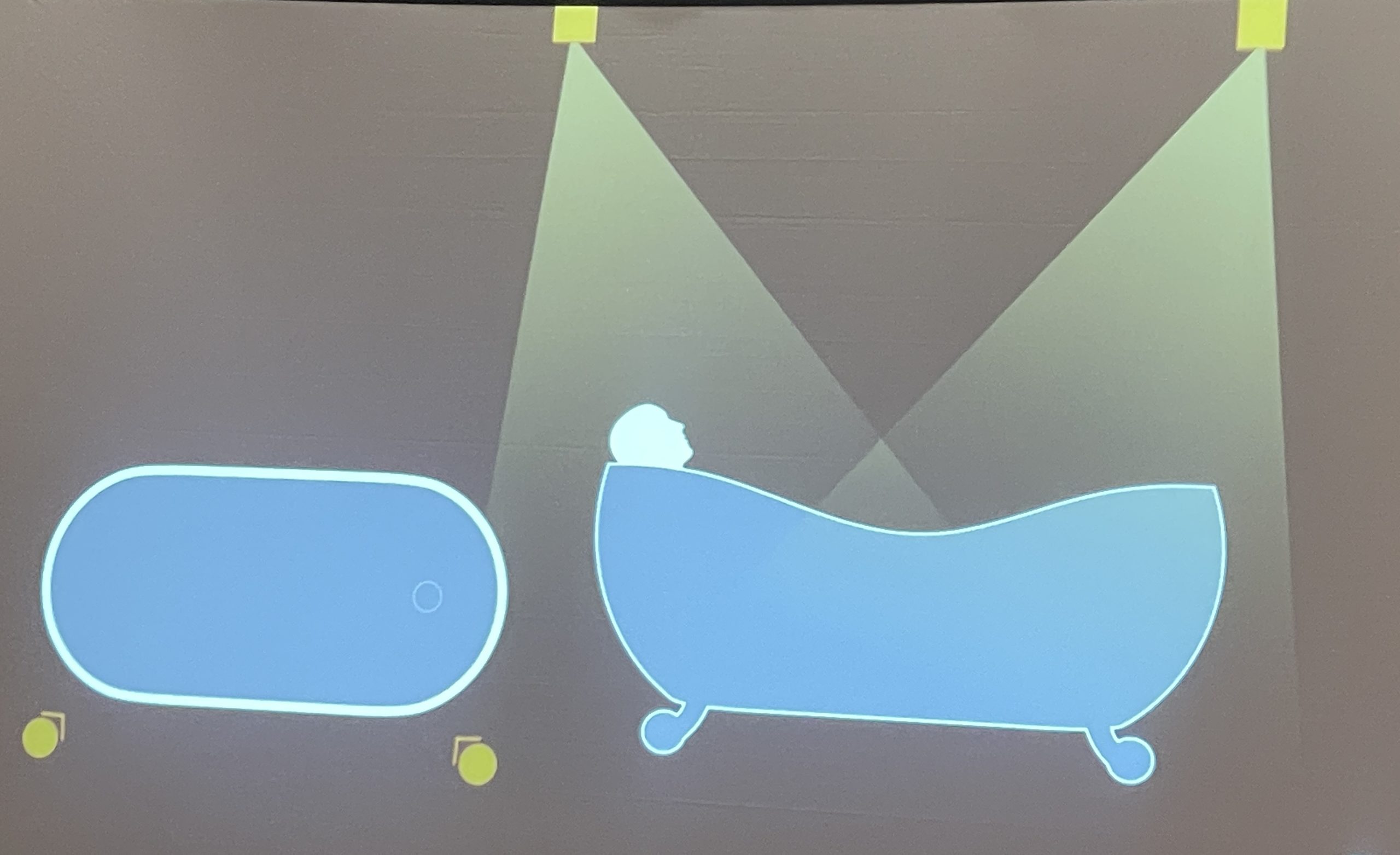
How to Light a bathtub
In “The Right Place” session, David took his popular Seven Deadly Sins approach to task, identifying everything that’s wrong with today’s lighting plans and offering innovative solutions to differentiate one’s approach. He stressed the importance of layering lighting in bedroom designs, emphasizing that the simplistic “four cans and a fan” approach is outmoded. He also identified the “vanity insanity” of recessed can lighting above bathroom vanities, which does little to provide adequate light for makeup and shaving but does a great job of lighting up the sink, and “water blinding” from recessed downlights installed above tubs, which should be mounted slightly behind the tub for optimal lighting.
David also addressed the issue of “sinister shadows,” which occur in many homes, particularly in closets where one or two downlights improperly placed can create shadows on hanging clothes while lighting up the homeowner’s head and shoulders.
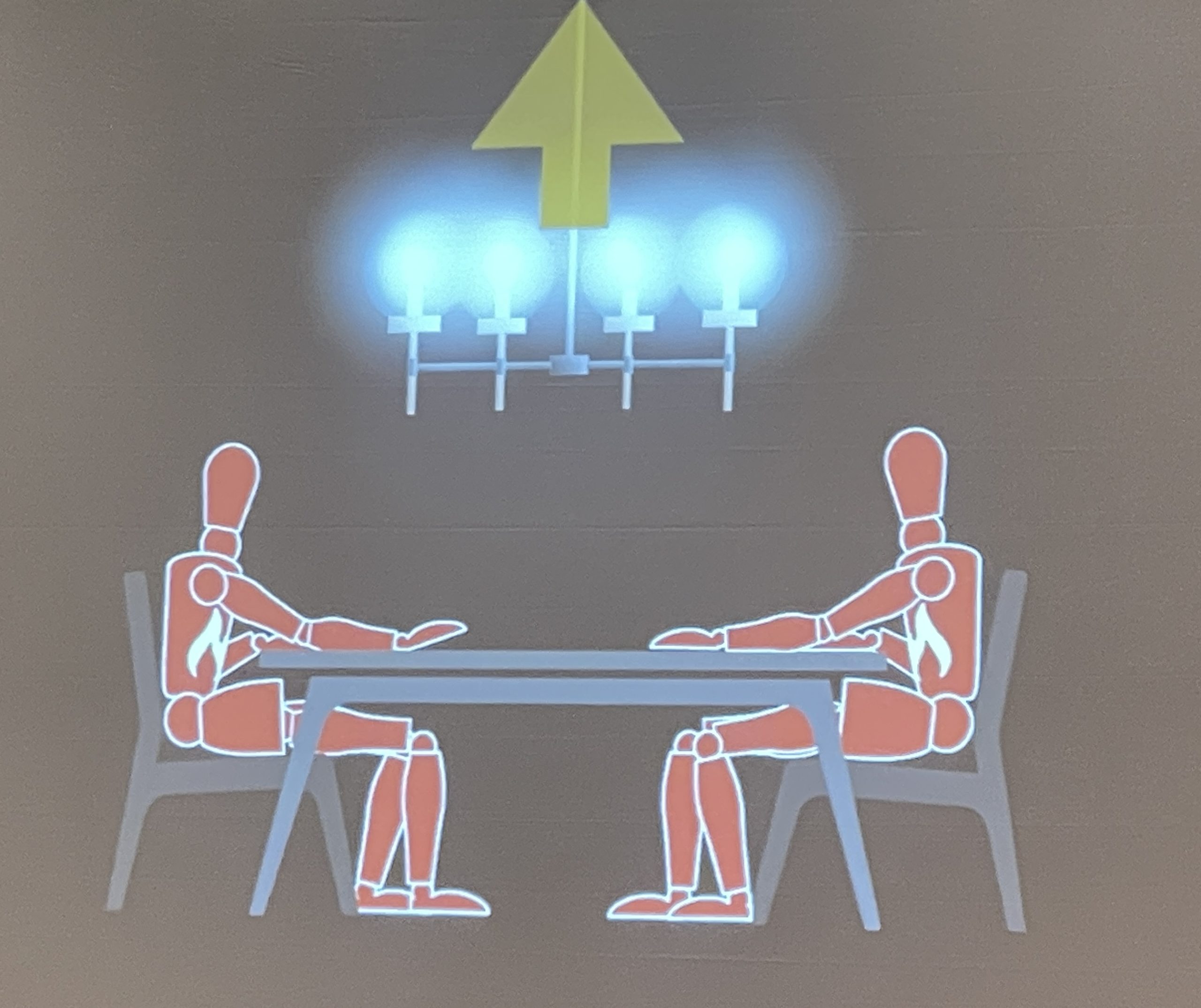
Light that is above your eyes should point up. Light below your eyes should point down.
He stressed the importance of professional residential lighting design, which typically takes three to twelve weeks and costs between $5 and $7 per square foot. Most residential fixture budgets will fall between $2 and $4 per square foot. Performance fixtures will cost $15 to $20 per square foot, with luxury fixtures costing $20 to $30 per square foot.
David contrasted the $5 downlight to the $500 downlight, emphasizing the importance of heat sinks, separate drivers, better phosphors, controls, and interchangeable optics when designing the $500 luminaire. He also noted that architects are the first to know about the project and the most interested in better lighting, even though they are the least likely to make money on fixtures.
David’s classes were a huge success, with approximately 200 attendees, and there was standing room only. As someone relatively new to the high-end residential lighting industry, I left his classes with a deeper understanding of the fundamental building blocks of residential lighting design.
Among his many services to our industry, David writes a column for designing lighting (dl) magazine and you can read his February article, “The Dimmer is Dead, but the Future is Under Control.”
I have known David as a excellent writer; now I know him as a great speaker.


